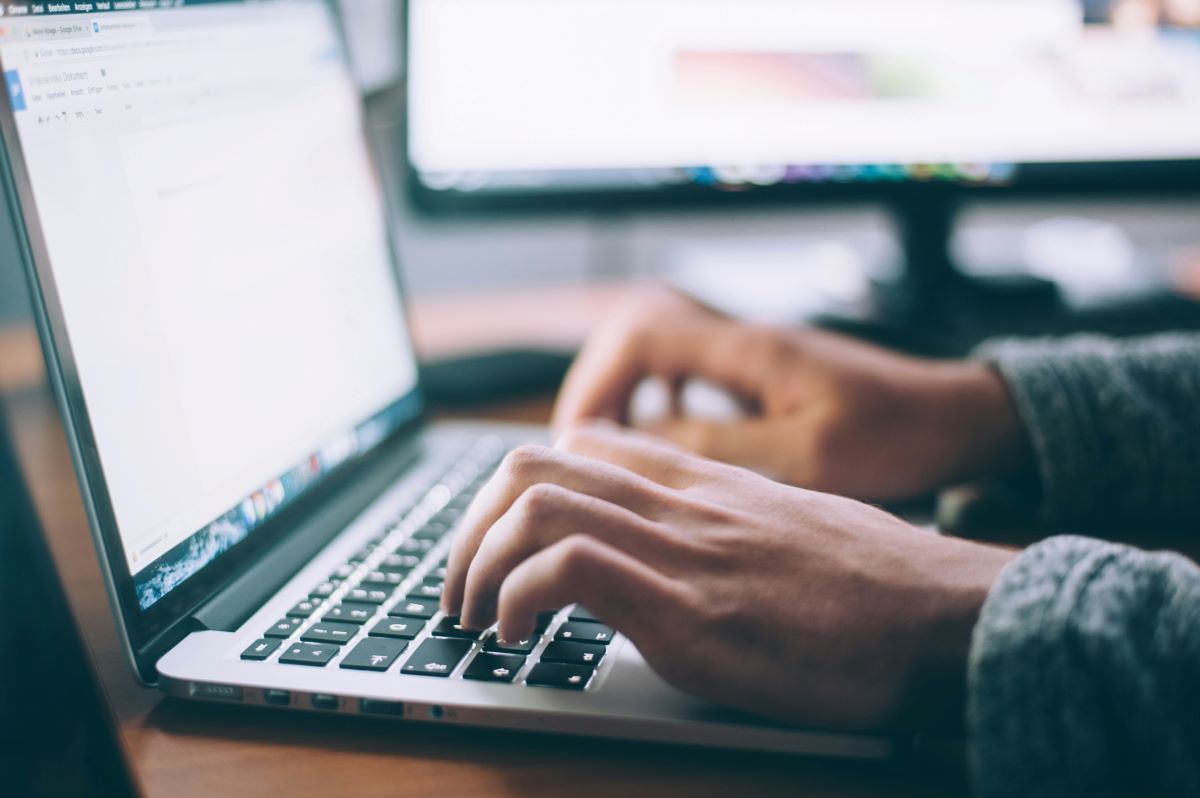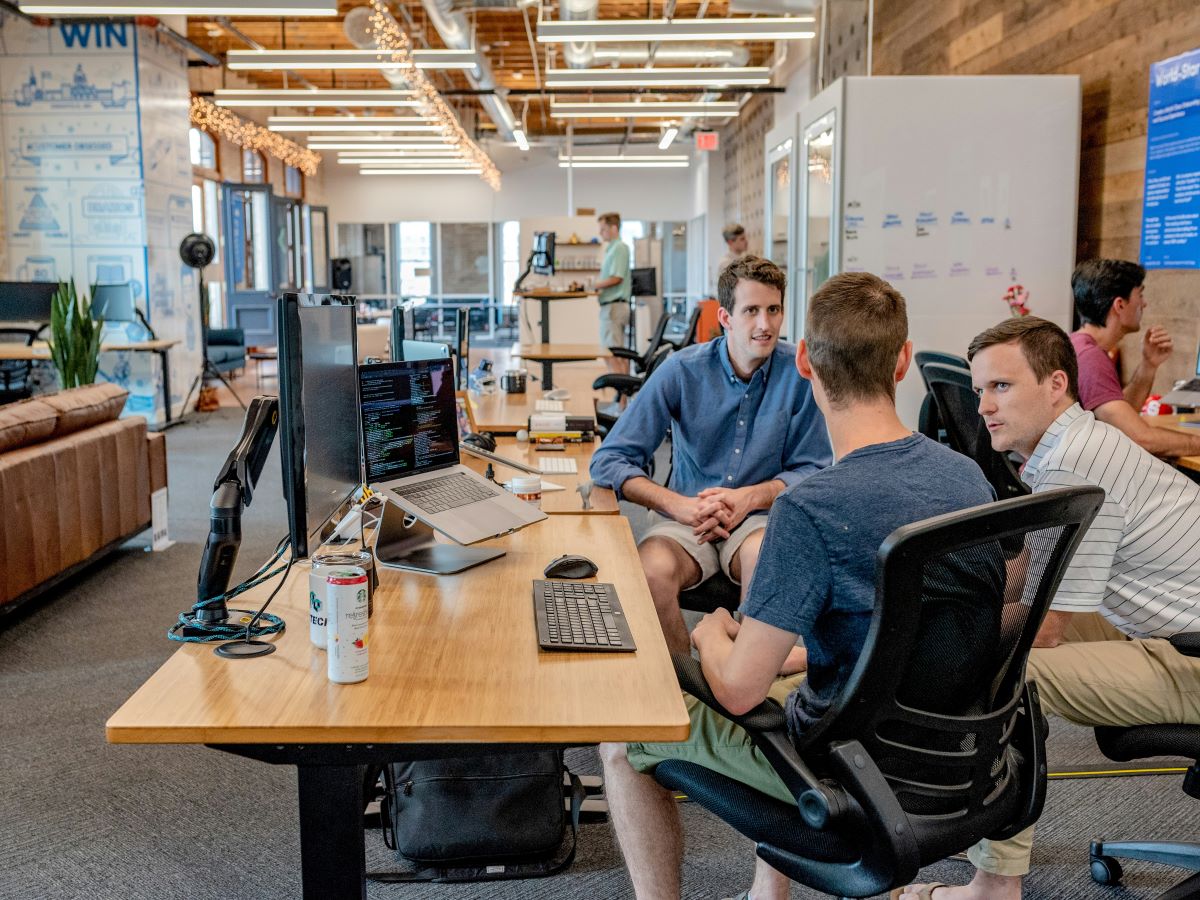June 28, 2024
By:
Saurabh Khan

Discover the transformative power of Generative AI in creative industries. From visual arts to music composition and literature, explore how AI redefines artistic expression, addresses ethical implications, and fosters innovation in art.
AI/ML Bootcamp
Learn leading-edge data and programming skills to transform industries with artificial intelligence and machine learning. Explore the 20-week Artificial Intelligence & Machine Learning Bootcamp from Cloud Institute.
Learn moreUnderstanding Generative AI
Generative AI refers to the technology that enables machines to create content autonomously. It involves algorithms that have the capability to generate new and unique outputs based on patterns and data input.
Evolution of AI in Creative Industries
The integration of AI in creative industries has significantly evolved over the years. From assisting in repetitive tasks to facilitating the creation of entirely new art forms, AI has revolutionized the creative process.
Impact of Generative AI on Artistic Expression
Generative AI has the potential to redefine artistic expression by unlocking new forms of creativity and pushing boundaries previously unexplored. It challenges conventional notions of artistry and opens doors to endless possibilities.
Application of Generative in Various Art Forms

Visual Arts: Creating Unique Digital Art
Generative AI tools like deep learning algorithms can generate digital art pieces that are truly original and captivating. Artists can use these tools to enhance their creativity and produce artwork that is both innovative and visually stunning.
You can create digital Art for free with an awesome AI tools- Ideogram and Midjourney
Music Composition: Exploring New Sounds and Melodies
AI-powered music composition tools can aid musicians in exploring new sounds, melodies, and harmonies. These tools can provide fresh perspectives and inspire musicians to experiment with unconventional musical styles.
Explore the AI tools- Elevenlabs and play.ht
Literature and Poetry: Writing with AI Assistance
Writers can use generative AI to generate ideas, refine their writing, and explore innovative storytelling techniques. AI can serve as a valuable tool for authors seeking to enhance their creative process.
Explore the AI tools for better writing - Claude.ai and Hyperwriteai
Ethical and Legal Implications of Generative AI in Creativity
Copyright and Ownership of AI-generated Art
The issue of copyright ownership of AI-generated art remains a complex and contentious topic. Determining the legal rights of AI-generated content creators poses challenges that require careful consideration.
Bias and Representation in AI-generated Content
Generative AI algorithms may inadvertently perpetuate biases present in the data they are trained on, leading to issues of representation in AI-generated content. It is crucial to address these biases to ensure fair and inclusive creative practices.
Balancing Human and AI Collaboration in Creative Processes
Finding the right balance between human creativity and AI assistance is essential for maintaining the authenticity and integrity of creative works. Collaborating with AI can enhance artistic processes while preserving the human touch.
Challenges and Opportunities in Integrating Generative AI in Creative Practices
Technical Limitations and Overcoming Creative Blocks
Artists may face technical challenges when integrating generative AI into their creative practices. Overcoming these limitations requires a combination of technical expertise and creative problem-solving skills.
Enhancing Personalization and Audience Engagement
Generative AI presents opportunities for enhancing personalization and audience engagement in creative works. Tailoring content to individual preferences can lead to more meaningful and impactful artistic experiences.
Navigating the Future of Creativity in the Age of AI
As AI continues to influence the creative landscape, artists must adapt to the changing dynamics of the industry. Embracing technological advancements while preserving artistic authenticity is key to navigating the future of creativity.
Future Outlook and Potential of Generative AI in Art and Creativity
Collaborative Creation: Humans and AI Working Together
The future of art and creativity lies in collaborative efforts between humans and AI. By leveraging the strengths of both, artists can unlock new creative possibilities and push the boundaries of traditional art forms.
Redefining Traditional Artistic Boundaries and Genres
Generative AI has the potential to redefine traditional artistic boundaries and genres by introducing new styles, techniques, and forms of expression. Artists can explore uncharted territory and pioneer innovative artistic movements.
Fostering Innovation and Inspiring New Artistic Movements
Generative AI holds the promise of fostering innovation and inspiring new artistic movements. By encouraging experimentation and pushing creative boundaries, AI can catalyze a wave of fresh ideas and inventive approaches to art.
Summary
In conclusion, Generative AI presents a plethora of innovative possibilities in the realm of art and creativity. By exploring the diverse applications, ethical considerations, challenges, and future potential of AI in creative practices, we can truly appreciate the transformative impact of technology on human expression.
Frequently Asked Questions
How is Generative AI different from traditional AI?
Generative AI, particularly Generative Adversarial Networks (GANs), differs from traditional AI in its ability to create new content that resembles human-made creations. Traditional AI focuses on tasks such as classification, prediction, and optimization, where it learns from existing data to make decisions or perform actions. In contrast, generative AI, like GANs, learns from a dataset to generate new content, such as images, videos, or text, that didn't exist in the original dataset. This process involves a "generator" network creating new content and a "discriminator" network evaluating how realistic the generated content is compared to real examples in the dataset. Generative AI enables the creation of art, music, and other creative works autonomously, mimicking human creativity to a certain extent.
Can AI truly replicate human creativity?
AI has made significant advancements in replicating aspects of human creativity, but it's important to recognize that it operates differently from human creativity. While AI can generate artworks, music compositions, or literature that may resemble human creations, it lacks the depth of human emotion, intuition, and subjective interpretation that often underpins genuine creativity. AI's creativity is constrained by the data it's trained on and the algorithms used to generate content. However, AI can still serve as a valuable tool for artists and creators, augmenting their creative process and inspiring new ideas.
What are the key considerations when using AI in creative processes?
When integrating AI into creative processes, several key considerations must be addressed:
- Ethical implications: AI-generated content raises ethical questions regarding authorship, ownership, and the potential for misuse or manipulation.
- Quality control: While AI can produce impressive results, ensuring the quality and coherence of generated content is crucial, as not all outputs may be usable or desirable.
- Human-AI collaboration: Emphasizing collaboration between humans and AI, where AI augments human creativity rather than replacing it entirely, can lead to more meaningful and authentic results.
- Diversity and representation: Ensuring that AI algorithms are trained on diverse datasets and that they reflect diverse perspectives and cultures can help prevent bias and promote inclusivity in AI-generated content.
How can artists and creators adapt to the changing landscape of AI in art?
To adapt to the evolving role of AI in art, artists and creators can:
- Embrace AI as a tool: Rather than viewing AI as a threat to their creativity, artists can explore its potential as a tool for experimentation, inspiration, and innovation.
- Collaborate with AI: Artists can collaborate with AI researchers and technologists to explore new creative possibilities and push the boundaries of traditional art forms.
- Experiment and iterate: By experimenting with different AI techniques and algorithms, artists can discover new ways to integrate AI into their creative process and develop unique artistic styles.
- Stay informed: Keeping abreast of advancements in AI and understanding its capabilities and limitations can help artists make informed decisions about how to incorporate AI into their work.
What role can AI play in fostering cultural diversity and inclusivity in the creative industry?
AI has the potential to foster cultural diversity and inclusivity in the creative industry in several ways:
- Preservation and accessibility: AI can be used to digitize and preserve cultural heritage, making it more accessible to people around the world.
- Translation and localization: AI-powered translation tools can help bridge language barriers, enabling creators to reach wider audiences and promote cross-cultural understanding.
- Representation and inclusion: By training AI algorithms on diverse datasets and promoting inclusive design practices, AI-generated content can better reflect the diversity of human experiences and perspectives.
- Empowerment and participation: AI tools and platforms can empower individuals from underrepresented communities to express themselves creatively and share their stories with the world.
AI has the potential to enrich the creative landscape by fostering collaboration, experimentation, and cultural exchange on a global scale. However, it's essential to approach its integration thoughtfully, considering the ethical, social, and cultural implications of AI-generated content.
The future of creativity is open to endless possibilities with Generative AI. Let your imagination soar and explore the uncharted territories of art and creativity!
June 28, 2024
By:
Saurabh Khan



